Let’s talk about gardening technology. Not some fancy gadget for monitoring water or sunlight, but technology that feeds the dirt itself (rerun)
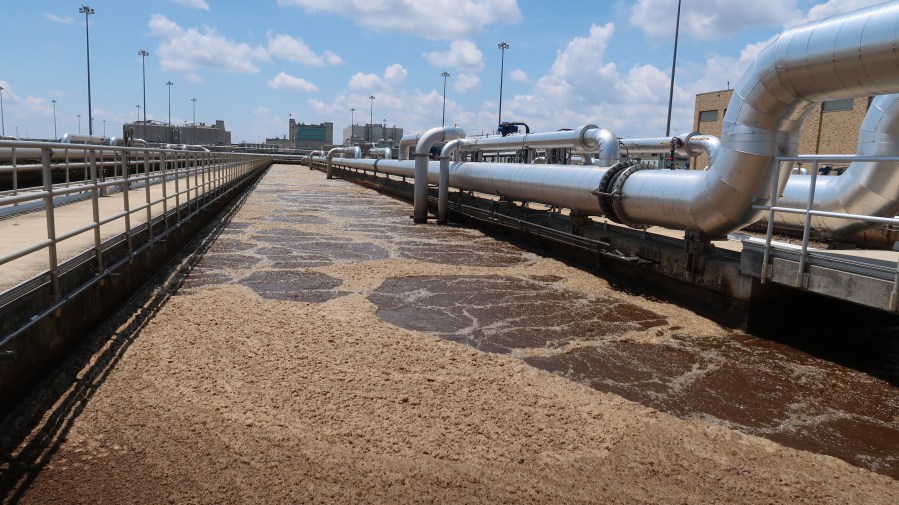
Today, we’re revisiting a piece that originally aired July 26, 2021. And it begins at Annie’s Ace Hardware in Washington, D.C.
There’s a relatively new entrant into the fertilizer market. It’s called Bloom and it costs about 50 cents a pound, but it took about $450 million worth of tech and investment to get it there. Annie’s Hardware is one of the few stores in the city that sells it.
General manager Thomas Vedrody said Bloom is considered a “biosolid” fertilizer. “Which is, I’m just gonna say, it’s code for human poop. And once you get past that, it’s great. It’s a great fertilizer,” he said. “And, you know, we joke sometimes, it’s artisanal, which, when you think about it, it’s hilarious.”
Most people are used to using animal manure on plants, and processed human waste has been used in industrial agriculture and landscaping for years. Bloom is made by DC Water’s Blue Plains, the local wastewater-treatment facility. But that’s not what they call it.
“We don’t even refer to ourselves as a wastewater treatment plant anymore, but rather as a resource recovery facility,” DC Water’s Chris Peot said.
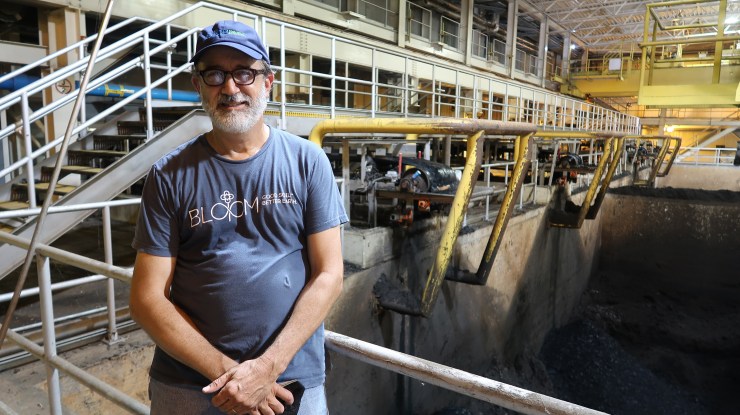
Peot is the director of resource recovery for the plant, which has the traditional large tanks filled with brown water being filtered for oils and solids.
But, as in every other treatment facility, there’s always sludge left over. And what DC Water does with it is why it’s considered one of the largest advanced wastewater-treatment centers in the world. It uses a process called thermal hydrolysis to turn what gets flushed down the toilet into Bloom.
“It’s essentially a big pressure cooker,” Peot said. “And that is the key to getting a lot of gas production and a very, very high-quality biosolids product coming out of the bottom.”
The technology, which can also reduce the volume of waste by two-thirds, comes from a Norwegian company called Cambi.
“So you get up to 40% more biogas,” CEO Eirik Fadnes said. “That biogas can be used to generate electricity to be used elsewhere in the wastewater-treatment plant or put on the grid and sold.”
In D.C., that biogas produces about 8 megawatts of energy, more than enough to run the Cambi process. Even though the technology itself may only run $3 million to $15 million for an average installation, the infrastructure around it is a massive investment. DC Water paid for its project with $450 million in municipal bonds, to be paid back over about 15 years.
“But because we’re making a little bit more money on selling Bloom, and we’re selling the renewable energy credits for more than we thought we could, that simple payback period is a little bit shorter than it was,” Peot said.
DC Water produces about 450 tons of Bloom every day. It took in just under $200,000 last year selling a portion of it. “Eventually, we want to sell it all. But we’re just, we’re not there yet,” he said.
But in some ways, the earnings from Bloom are the least of the benefits. DC Water saved between $10 million and $15 million a year because it didn’t have to pay to truck that waste away. And the extra energy the process generates helps power the rest of the Blue Plains facility.
That kind of testimonial is great for Cambi, which now has its tech in four facilities in the U.S., with five more scheduled to come online soon. Cambi’s Fadnes said there may be more to come.
“Based on the market research that we have done, we have identified 440 plants that’s got a very strong business case financially” for Cambi’s thermal hydrolysis, he said.
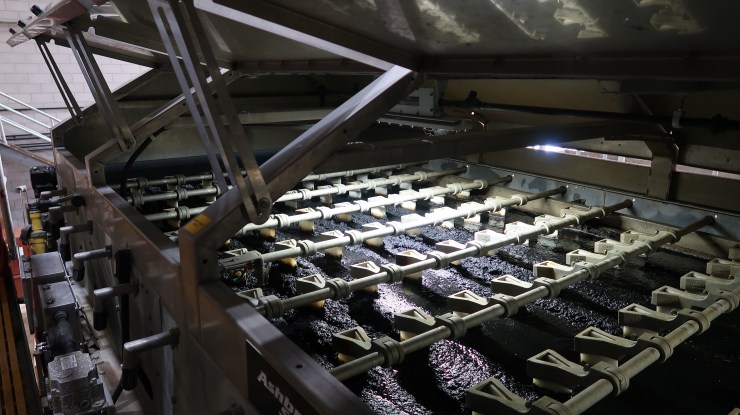
Cambi says it controls 90% of the global thermal hydrolysis processing market with facilities in dozens of countries. But, Fadnes said, it’s taken about a decade to make inroads in the lucrative U.S. market.
That’s partly because the wastewater-treatment industry is pretty conservative, according to Erin Bonney Casey, who focuses on municipal water systems at Bluefield Research.
“For a long time, the mentality has been, if your customers don’t have to think about you, then that’s a huge plus,” she said.
There are about 20,000 sewage-treatment plants in the U.S. that attract about $60 billion a year in investment, she said. But solutions like Cambi’s, even if it saves money and produces extra energy in the long term, tend to only be economical for larger systems.
“And we do see some consolidation in the industry, where smaller wastewater utilities are combining in order to capture some of those efficiencies,” Bonney Casey said. “But that is a very slow process.”
Not to mention it can be hard to drum up public support, and money, for something people generally prefer not to think about. “To be honest, it usually takes a back seat to drinking water, which is just kind of more at the forefront of people’s minds in terms of public health and safety,” Bonney Casey said.
Plus, the Cambi process doesn’t remove everything that could be harmful, according to Sonya Lunder, who works as senior toxics adviser for the Sierra Club. “There are loads of industrial chemicals that are put into our homes, are discharged down the drain by heavy industry that also persist in these biosolids,” she said.
The Sierra Club recently issued a report on biosolid fertilizers coming from wastewater treatment, and the environmental group doesn’t want them used on food crops. “In Maine, we found that high residues of [polyfluoroalkyl substances] or Teflon chemicals contaminate milk and are permanently contaminating farmlands where these products have been applied,” Lunder said.
She recognizes that disposing of the sludge is a challenge, and options like sending it to landfills or burning it are also not great. So Lunder’s focusing her attention on preventing more chemicals from entering the water system in the first place.
Peot at DC Water said Bloom is safe and exceeds standards set by the Environmental Protection Agency. He’s comfortable handling the crumbly, black biosolid as soon as it comes off the conveyor belt at Blue Plains.
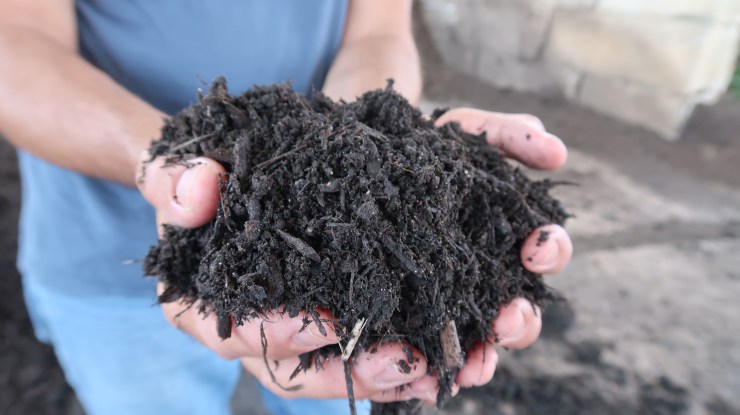
“It just looks like this beautiful, rich, or your Iowa topsoil,” he said.
He shares the Sierra Club’s concerns about toxic chemicals, but he said Bloom has fewer chemicals than house dust.
“I am just not willing to throw the baby out with the bathwater,” he said. “Because I know that we’re doing so much good sequestering that carbon in the soil and avoiding the use of inorganic fertilizer, which takes a lot of energy to make.”
Peot said he uses Bloom in his own home garden, and his family eats the fruits and vegetables they grow.
“We’re all preprogrammed to be afraid of our own waste, and there is a little bit of an ick factor that we need to get over. But it doesn’t take very long,” he said.
Bloom is already being used at some high-profile locations, like Mount Vernon, the National Mall and the U.S. Capitol. One of the next targets — the White House kitchen garden.
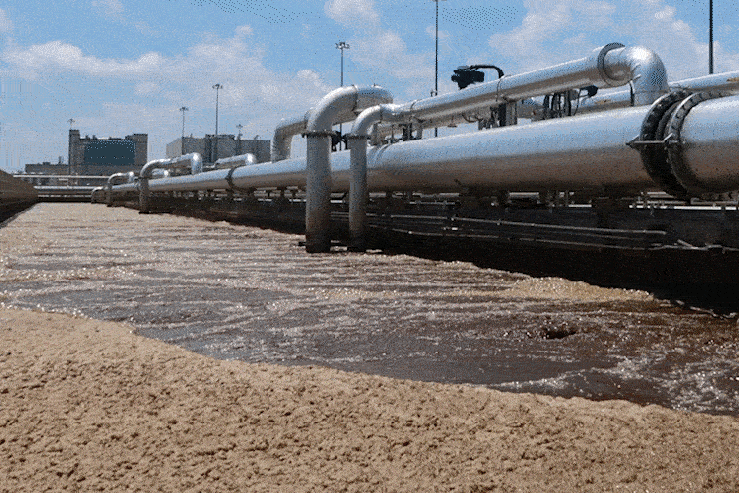
The future of this podcast starts with you.
Every day, the “Marketplace Tech” team demystifies the digital economy with stories that explore more than just Big Tech. We’re committed to covering topics that matter to you and the world around us, diving deep into how technology intersects with climate change, inequity, and disinformation.
As part of a nonprofit newsroom, we’re counting on listeners like you to keep this public service paywall-free and available to all.
Support “Marketplace Tech” in any amount today and become a partner in our mission.

















